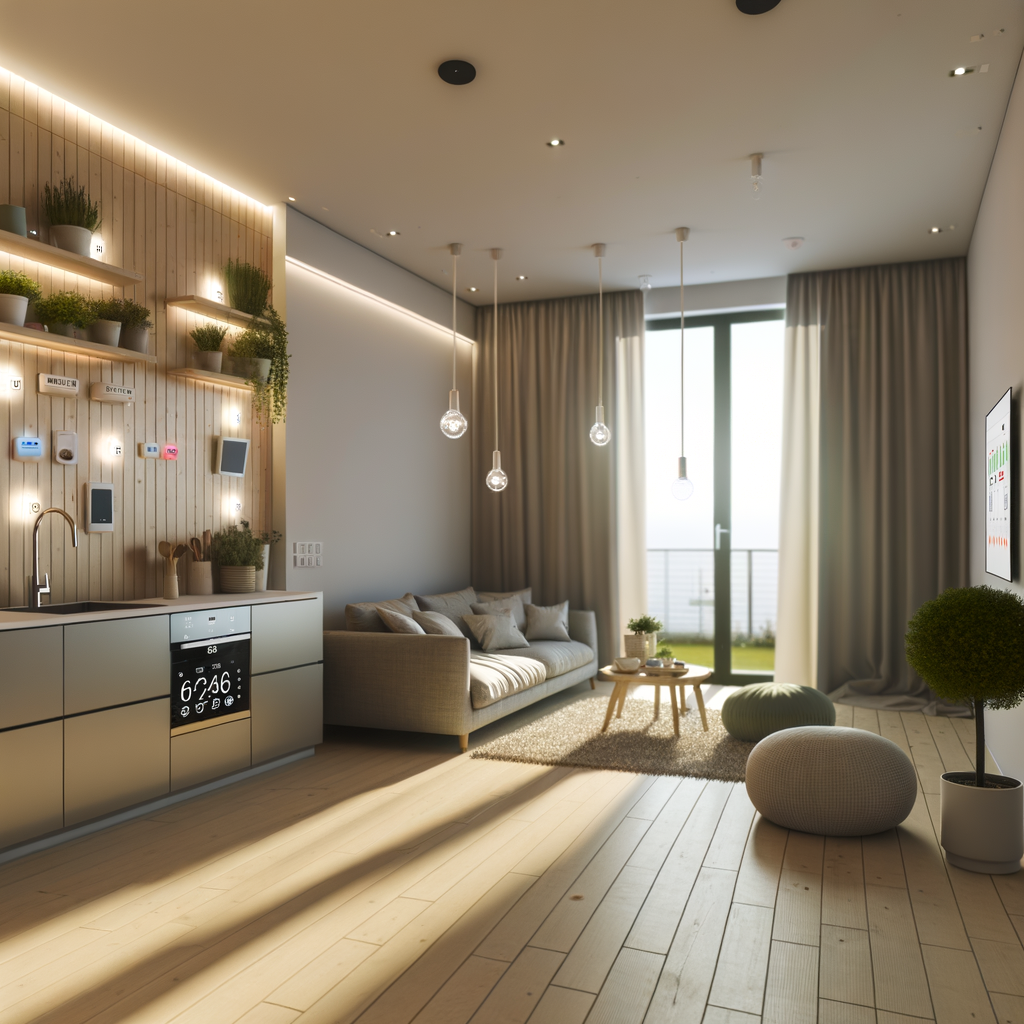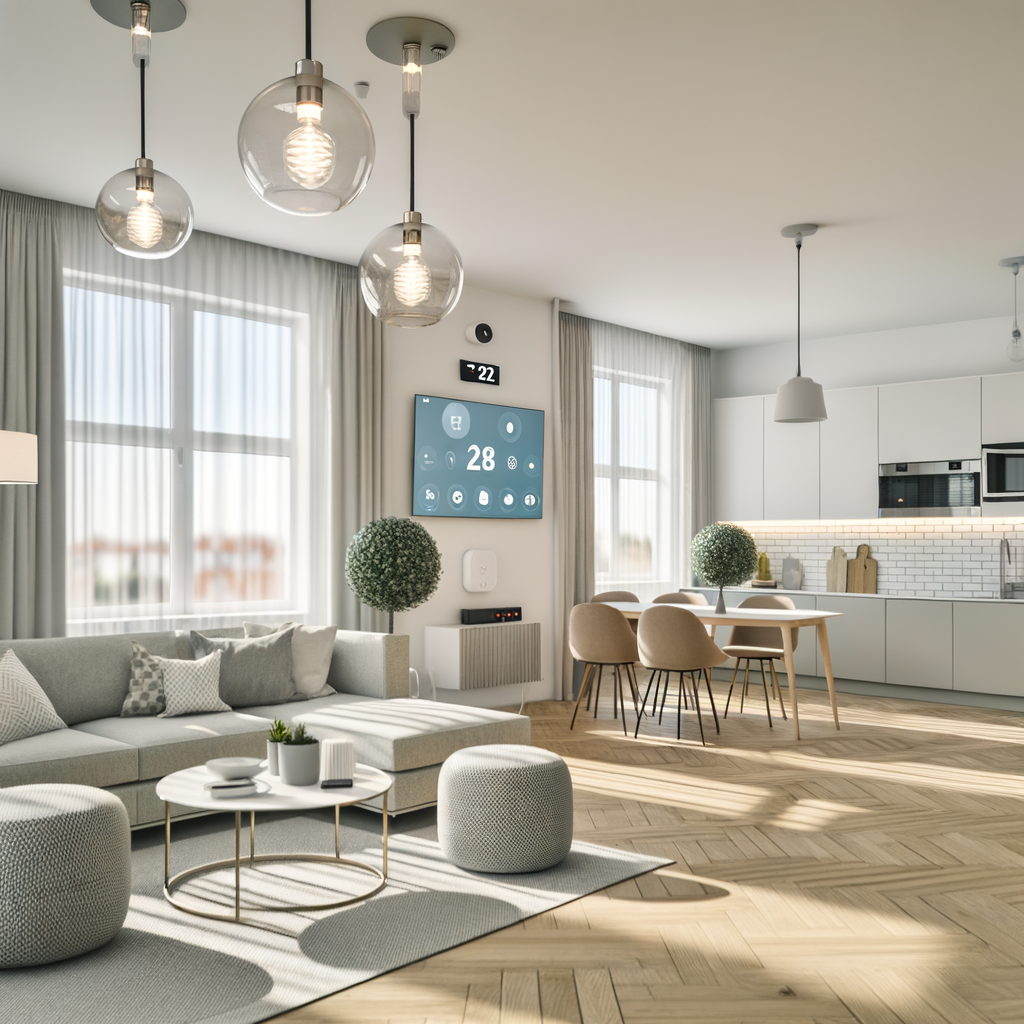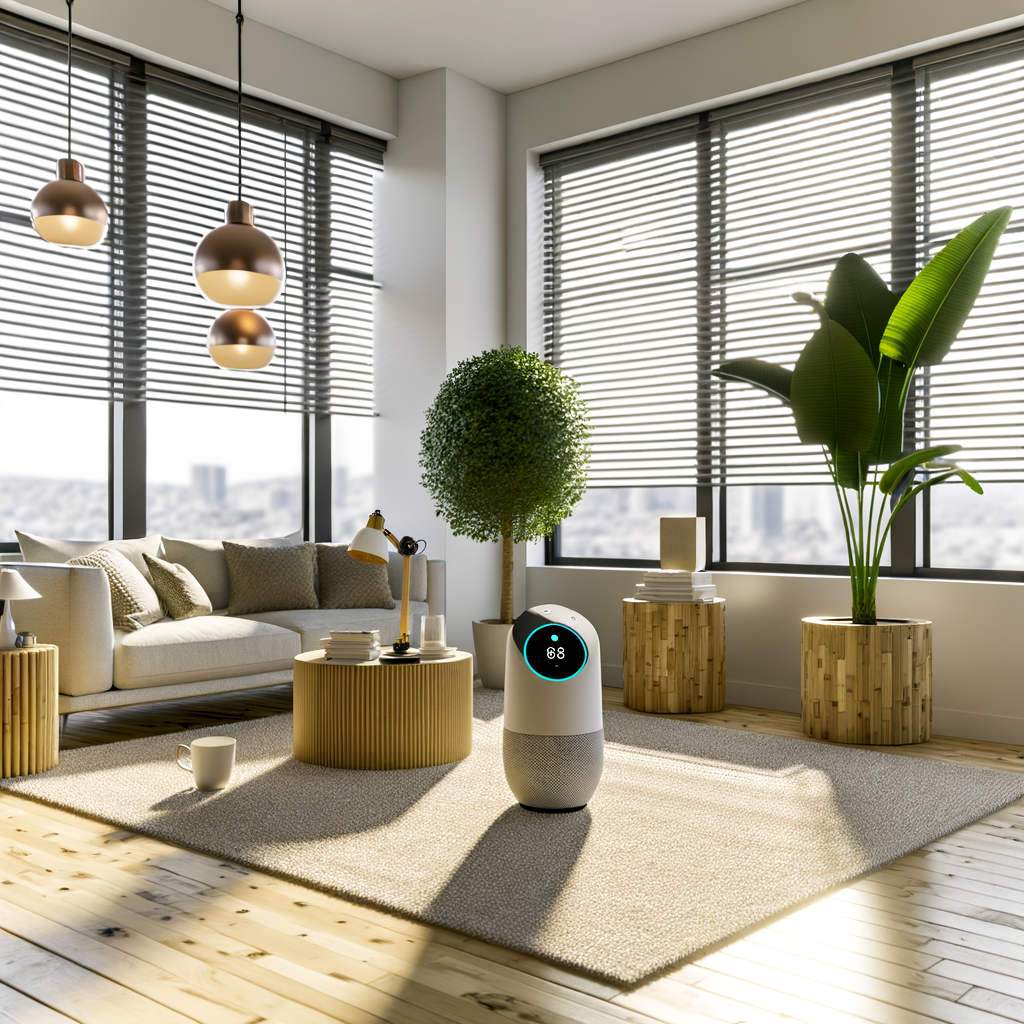How to Create a Smart, Energy-Efficient Apartment on a Renter’s Budget: A Step-by-Step Guide
Want to save on utility bills, reduce your carbon footprint, and boost your home’s convenience—all without breaking your lease agreement or your bank account? With today’s smart technology and renter-friendly devices, creating an energy-efficient apartment is more achievable than ever. Let’s walk through practical, budget-friendly steps to transform your rental into a smarter, greener home.
Why Energy Efficiency Matters for Renters
Energy efficiency isn’t just for homeowners. As a renter, you can still:
- Slash Utility Bills: Lower electricity, gas, and water usage saves money every month.
- Increase Comfort: Smart controls make it easier to maintain the perfect temperature and lighting.
- Reduce Environmental Impact: Energy savings mean less demand on fossil fuels and fewer greenhouse emissions.
- Improve Daily Convenience: Smart tech can automate tasks, saving you time and hassle.
Step 1: Conduct a DIY Energy Audit
Before investing in new tech or making updates, take stock of your current energy use. A quick energy audit helps you identify where you’ll get the most savings.
How to Do It
- Check Window and Door Seals: Feel for drafts. Leaky seals waste heating and cooling.
- Test Lighting: Note which bulbs are incandescent, CFL, or LED.
- Inventory Plugged-In Devices: Find “energy vampires”—devices drawing power when off.
- Assess Thermostat Placement: Is it near heat sources or drafts? This affects its accuracy.
Step 2: Install Smart (and Renter-Friendly) Tech
Many modern smart home devices are designed for easy, non-permanent installation—perfect for renters. These products can dramatically lower your energy usage while giving you remote control over your space.
Rent-Friendly Smart Upgrades
- Smart Plugs and Power Strips:
- Programmable plugs can turn off devices automatically.
- Many models track energy use to show where savings are possible.
- Installation requires only a WiFi network and a phone app.
- Smart Light Bulbs:
- Simple screw-in bulbs fit standard sockets—no hardware changes.
- Dim, schedule, or change lighting from your phone or with voice commands.
- LEDs use 75% less energy than incandescent bulbs.
- Smart Thermostats (Portable Models):
- Some smart thermostats sit on a table or shelf, requiring no wiring.
- Use your phone’s location to auto-adjust temperature when you leave.
- Check with your landlord and local codes before replacing any wired thermostats.
- Window and Door Sensors:
- DIY sensors alert you if windows or doors are left ajar, reducing wasted heating/cooling.
- Battery-powered with adhesive backing—no screws or drilling required.
Where to Find Affordable Devices
- Major retailers like Amazon, Walmart, and Home Depot often run sales on smart home bundles.
- Look for brands known for compatibility, such as TP-Link, Kasa, Wyze, and Philips Hue.
- Rebates or incentives may be available from your utility—check their website before purchasing.
Step 3: Improve Heating and Cooling Efficiency
Heating and cooling add up fast on your monthly bills, but there are smart and low-cost upgrades:
Thermal Curtains and Window Treatments
- Invest in thick, insulated curtains: These keep in warmth during winter and block out heat in summer.
- For landlords hesitant about holes: Use tension rods for installation.
- Open curtains on sunny days in winter to passively warm your space, and close them in summer afternoons to minimize cooling loads.
Weatherstripping and Draft Stoppers
- Apply removable weatherstripping tape to window and door frames—easy to install and take down.
- Place draft stoppers or rolled towels along the base of doors leading outside.
Smart Climate Controls
- Portable smart thermostats or AC controllers allow zoning temperature by room.
- Set up routines: Lower or raise temps automatically when you’re asleep or away.
- Fans with smart plugs can help distribute air efficiently—set schedules to cycle them on or off.
Step 4: Eliminate Phantom Power Drain
Many gadgets use energy even when “off”—TVs, gaming consoles, microwaves, chargers, and more. This is called standby power or “phantom load.”
How to Stop It
- Use smart power strips:
- Shut off clusters of devices (like the entire TV setup) with one button or automatically on timers.
- Some strips include USB charging ports—great for eliminating extra adapters.
- Unplug devices you rarely use: For example, unplug the toaster or blender when not in use.
- Schedule lights and electronics: Set lighting to turn off automatically during the day or when away.
Step 5: Upgrade Lighting the Green Way
Lighting accounts for about 15% of a typical renter’s electricity bill. Swap out wasteful bulbs and add smart controls for instant savings.
Smart and Efficient Lighting Tips
- Switch bulbs to LEDs: This alone can cut your lighting costs by up to 80%.
- Use smart bulbs or switches:
- Automate schedules (on at dusk/off at bedtime).
- Control remotely—never leave lights on when away.
- Add motion sensors: Especially good for entryways, closets, and bathrooms—lights turn off when no one’s there.
- Pick bulbs with adjustable color temperature: Use “daylight” during work hours and “warm” in the evening to reduce eye strain and support sleep.
Step 6: Reduce Water Waste with Smart Solutions
Cutting down water use not only helps the environment but lowers your bill if you pay for water separately.
Efficient Bathroom and Kitchen Habits
- Install low-flow showerheads and faucet aerators: These can reduce water use by up to 50%, are easy to screw on by hand, and are almost always allowed by landlords.
- Only run full loads in the dishwasher and laundry machines.
- Report leaks promptly to your landlord; even a slow drip wastes gallons daily.
Add Smart Leak Detectors
- Place WiFi water sensors near sinks, toilets, and appliances.
- Get alerts on your phone at the first sign of a leak, so you can act fast.
Step 7: Get Your Landlord on Board (If Needed)
Some upgrades—like swapping out a thermostat or permanent weatherproofing—might need your landlord’s approval. Many property owners appreciate renters willing to lower energy costs, but communication is key.
Tips for Requesting Upgrades
- Present Potential Savings: Share how improvements can reduce maintenance and attract eco-friendly tenants.
- Offer to Pay for Removable Upgrades: If you’re investing, make clear you’ll take devices with you when you move.
- Get Permission in Writing: Always secure approval, especially for anything requiring minor installation or




